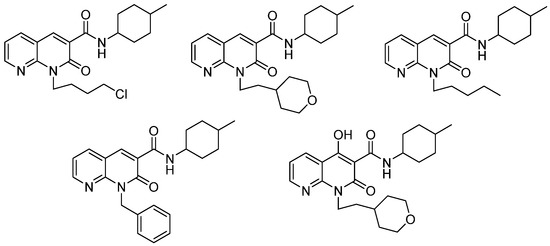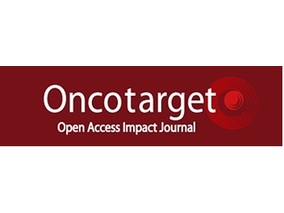
“Background: There is a need for novel treatments for neuroblastoma, despite the emergence of new biological and immune treatments, since refractory pediatric neuroblastoma is still a medical challenge. Phyto cannabinoids and their hemisynthetic derivatives have shown evidence supporting their anticancer potential. The aim of this research was to examine Phytocannabinoids or hemisynthetic cannabinoids, which reduce the SHSY-5Y, neuroblastoma cell line’s viability.
Methods: Hexane and acetyl acetate extracts were produced starting with Cannabis sativa L. as raw material, then, 9-tetrahidrocannabinol, its acid counterpart and CBN were isolated. In addition, acetylated derivatives of THC and CBN were synthesized. The identification and purity of the chemicals was determined by High Performance Liquid Chromatography and 1H y 13C Magnetic Nuclear Resonance. Then, the capacity to affect the viability of SHSY-5Y, a neuroblastoma cell line, was examined using the resazurin method. Finally, to gain insight into the mechanism of action of the extracts, phytocannabinoids and acetylated derivatives on the examined cells, a caspase 3/7 determination was performed on cells exposed to these compounds.
Results: The structure and purity of the isolated compounds was demonstrated. The extracts, the phytocannabinoids and their acetylated counterparts inhibited the viability of the SHSY 5Y cells, being CBN the most potent of all the tested molecules with an inhibitory concentration of 50 percent of 9.5 µM.
Conclusion: Each of the evaluated molecules exhibited the capacity to activate caspases 3/7, indicating that at least in part, the cytotoxicity of the tested phytocannabinoids and their hemi-synthetic derivatives is mediated by apoptosis.”
https://pubmed.ncbi.nlm.nih.gov/38802872/
“Phyto cannabinoids exhibit higher viability inhibition capacity than the originating extracts. This activity is at least partially associated with an apoptosis inducing property. From all the tested molecules, CBN is a promising molecule for further studies as an anticancer agent for neuroblastoma treatment.”
https://biolres.biomedcentral.com/articles/10.1186/s40659-024-00506-0









 “The protective effect of
“The protective effect of 